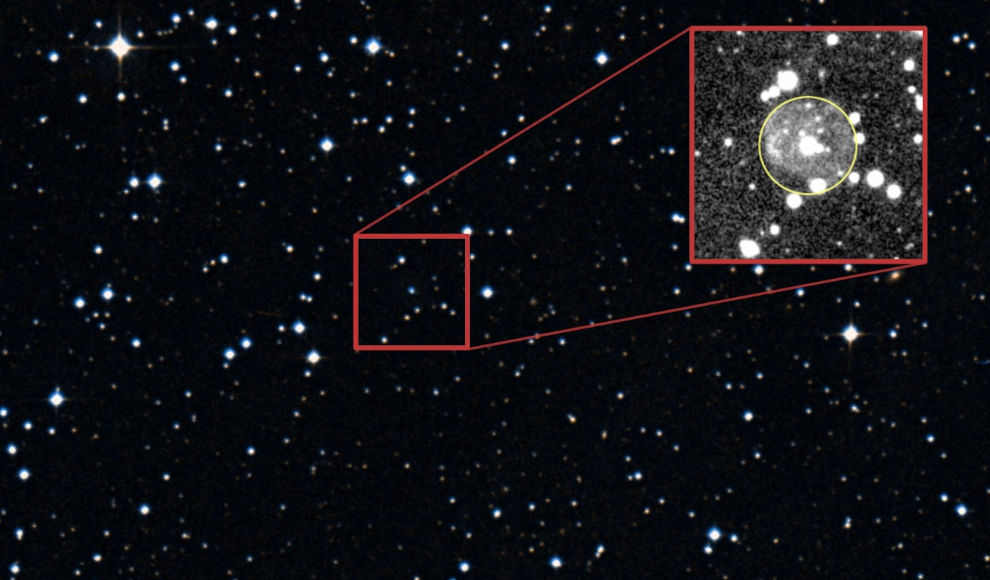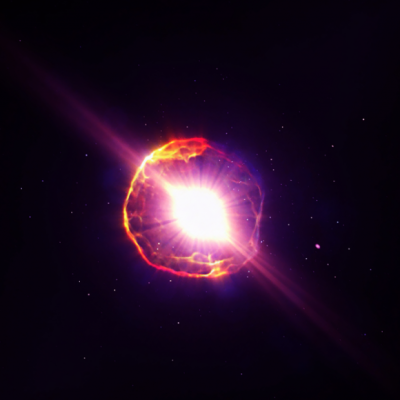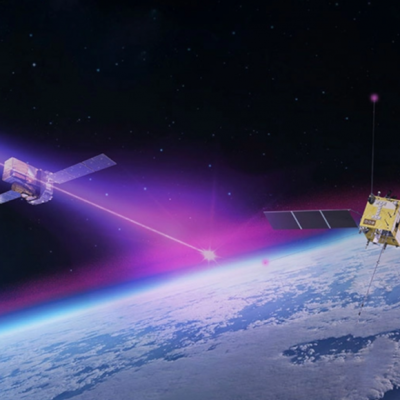Astronomers have made a groundbreaking discovery, identifying eight of the hottest stars in the universe. These stars were found by an international team of astronomers, including researchers from the University of Tübingen and the Armagh Observatory & Planetarium, using the Southern African Large Telescope (SALT), the largest single telescope in the southern hemisphere. While our sun has a surface temperature of around 5,800 degrees Celsius, the newly discovered stars are more than 100,000 degrees Celsius hot. According to Professor Klaus Werner from the Institute for Astronomy and Astrophysics at the University of Tübingen, these white dwarf stars are over 100 times brighter than our sun.
White dwarf stars are about the size of the Earth, but a million times more massive. They are the densest existing stars made of normal matter. Their direct predecessors, the hot subdwarfs, are slightly larger. They contract and become white dwarfs within a few thousand years. Both hot subdwarfs and white dwarfs can have a high surface temperature. Of the eight super-hot stars discovered, the hottest was a white dwarf with a surface temperature of 180,000 degrees. One of the newly discovered super-hot stars is located in the center of a planetary nebula with a diameter of one light-year. Two other objects are oscillating stars. The eight stars are located 1,500 to 22,000 light-years away from Earth and are nearing the end of their lifespan.
According to Werner, all these stars are in an advanced stage of their life cycle and are approaching death as white dwarfs. Monageng from the University of Cape Town and the South African Astronomical Observatory, the operator of the SALT telescope, also explained that the discovery of these super-hot stars was unexpected. The SALT survey of helium-rich hot subdwarfs was intended to explore the development paths of different types of stars in their late stages. The discovery of extremely hot stars surprised us. These discoveries will be helpful in better understanding the late stages of star development. They also demonstrate that SALT is a great telescope for our project.







-400x400.jpg)


